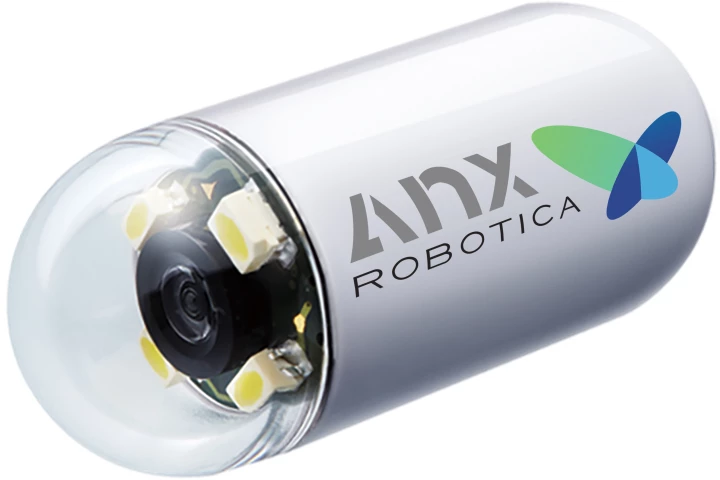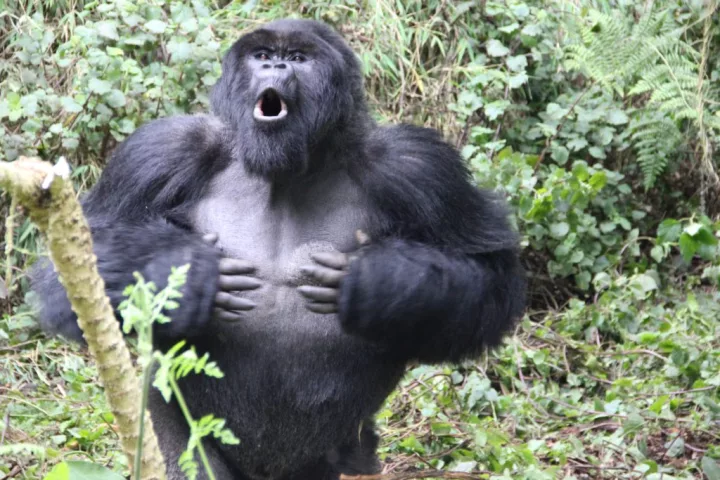George Washington University
-
A new study reveals that Americans are confused about what “processed food” actually means, and which types pose health risks. Researchers found major gaps between public perception and science, highlighting the need for more comprehensive education.
-
A study has predicted that AI activity by ‘bad actors’ determined to cause online harm through the spread of disinformation will be a daily occurrence by the middle of 2024, around the time of many national elections, including in the US.
-
Researchers have created a magnetically controlled capsule that is ‘driven’ around the stomach using joysticks, taking images of areas of interest. It's unlike other pill cams that rely on the gut's motility and gravity to get around.
-
A first-of-its-kind study has measured levels of plasticizer chemicals in a number of fast food products. The findings reveal high concentrations of a number of potentially harmful chemicals, such as phthalates, in almost all samples studied.
-
Although the chest-beating of male gorillas is a common behaviour, its purpose still isn't entirely understood. Now, however, scientists believe it may serve as a means of acoustically indicating the size of the apes' bodies.
-
To recognize the burgeoning field of robot art, a new contest has been launched by website RobotArt.org, and you can help determine which mechanical painter will win.
-
Ordinarily, if doctors want to know if a patient's wound is infected, the process takes 24 hours. Thanks to a new process developed at Washington DC's George Washington University, however, wound infections could soon be detected in less than a minute.
-
Unlike most other sea creatures, sea lions use their forelimbs instead of a tail for propulsion. They also leave virtually no wake as they travel through the water. With an eye towards applying this design to human technology, a scientist has developed a robotic sea lion flipper.
-
When someone has chronic venous insufficiency, it means that because of faulty valves in their leg veins, blood isn't able to be pumped back to their heart. Dr. Narine Sarvazyan has created a possible solution, however – a "mini heart" that's wrapped around the vein, to help push the blood through.
-
Flying snakes flatten out their bodies after launching themselves from trees, proceeding to glide through the air. Recently, scientists figured out why that technique works as well as it does. Their findings could have some major applications for us humans.
-
A team at Washington DC's The George Washington University has created what is claimed to be "the first walkable solar-paneled pathway in the world." It was made using walkable PV floor panels manufactured by Spanish tech company Onyx Solar.










